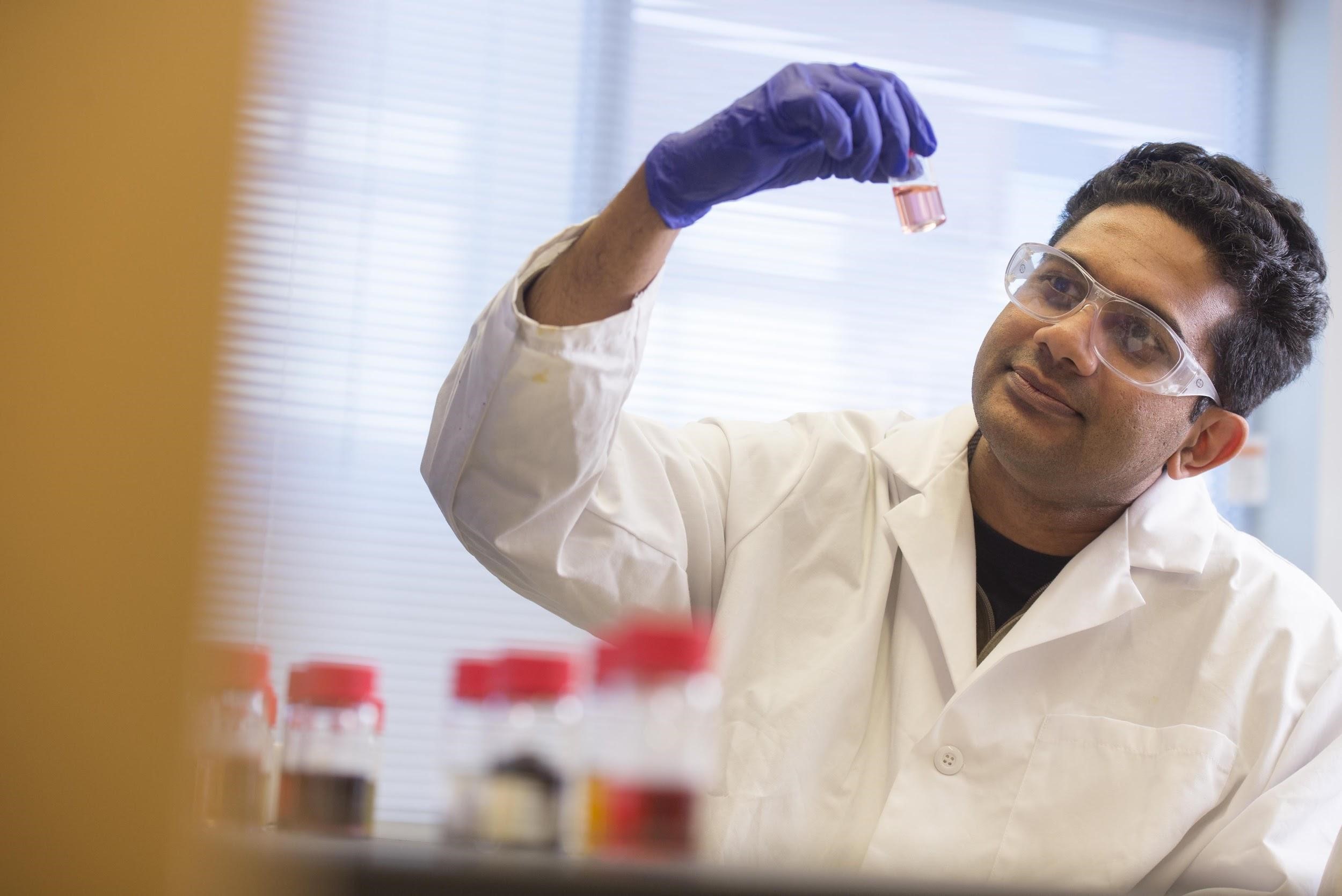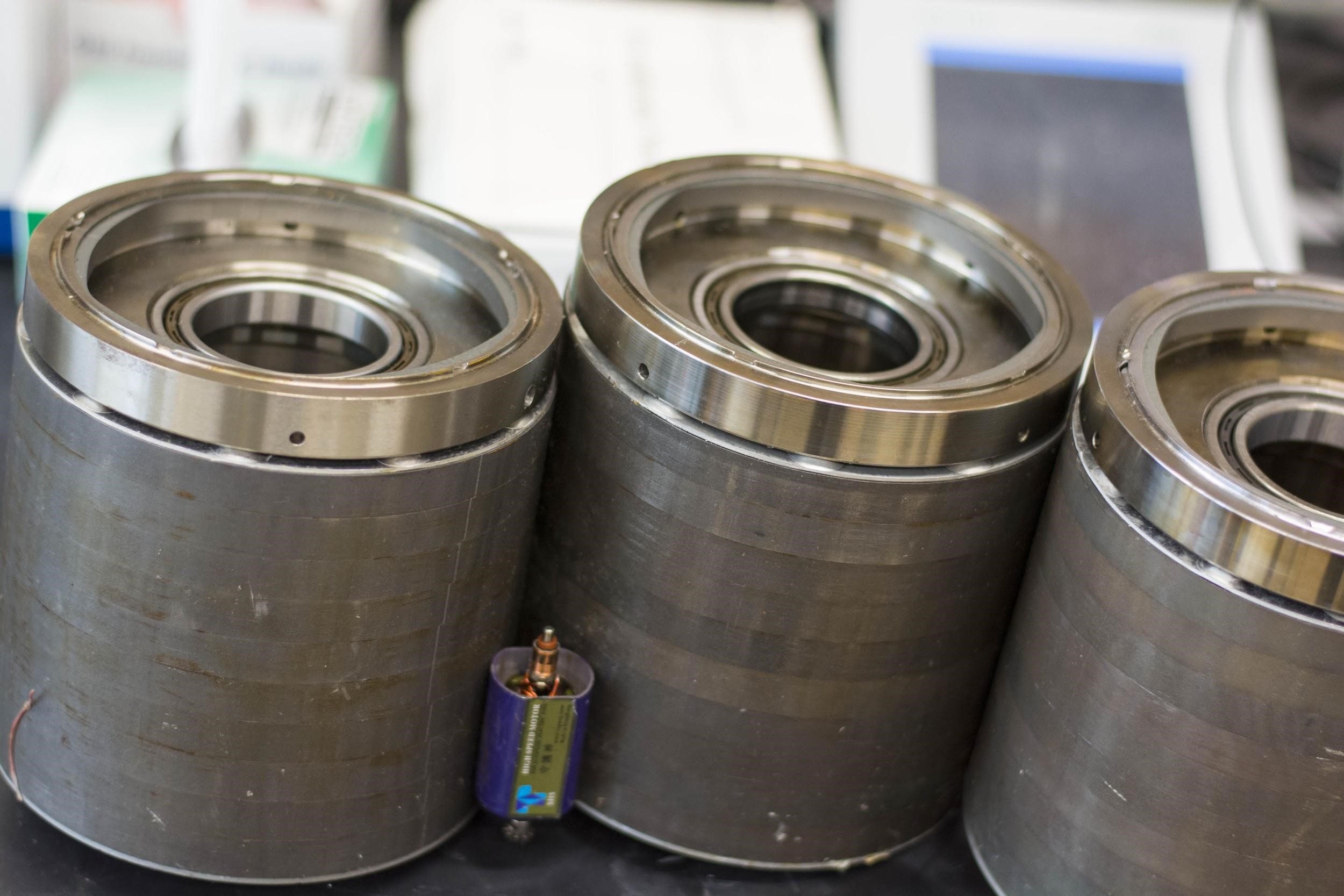Center for Resource Recovery and Recycling (CR3)
March 17, 2020
Sourcing uncommon minerals needed to make common products just got a whole lot easier. A research team at the Center for Resource Recovery and Recycling (CR3), one of the four research centers under Worcester Polytechnic Institutes (WPI) Metal Processing Institute, developed a simple, eco-friendly method for extracting so-called rare earth metals from old electric motors and generators. The technique promotes a circular economy and reduces the need to buy rare earth minerals, where prices can fluctuate widely.
“If we can close the loop on materials that are precious and technologically relevant, we’ll see many benefits in terms of sustainability,” says lead chemist Marion Emmert of Worcester Polytechnic Institute.

Reversing a Wasteful Trend
Although the average consumer may have never heard of rare earth metals, such as yttrium, praseodymium, neodymium, and dysprosium, they’re found in familiar products, such as cell phones, electronic devices, rechargeable batteries, magnets, fluorescent lights, and electric motors and generators. But acquiring these minerals isn’t easy because the United States lacks large mineable deposits of rare earths and manufacturers must rely on imports from foreign markets.
At the same time, manufacturers are motivated to reuse materials that would otherwise go to waste. General Motors, for instance, approached CR3 — an Industry-University Cooperative Research Center funded by the National Science Foundation to make products sustainable from design through end-of-life — looking for a way to recover rare earth metals from electric motors. Although a system already existed to dismantle, shred, and recycle steel, copper, aluminum and other common car parts, no one had figured out how to recycle electric motors. “The rare earths were essentially being thrown away,” says Emmert.
While brainstorming a solution, Emmert, a college professor of organic and inorganic chemistry, recalled a classroom activity that asked students to classify metals based on their potential to be dissolved in mineral acids. She already knew, for instance, that gold, silver and copper did not react with these acids and she wondered if rare earth metals might. Sure enough, searching on YouTube, she found videos dissolving rare earth metals in weak acids.
It raised a question, says Emmert: “Can we find conditions under which we can dissolve just the rare earth-containing materials, while keeping intact other metals, such as copper and steel that are valuable in their own right?”

Common Chemical Closes the Loop
Using small samples of rare earth magnets, the researchers started experimenting with different concentrations of a variety of acids, including acetic, sulfuric, nitric, formic, and hydrochloric acid. Hydrochloric acid, a chemical found in some toilet bowl cleaners, worked the best. By collaborating with their WPI colleagues in mechanical and materials engineering, they first baked an electric motor from a Chevy Spark, about the size of a gallon milk jug, in an industrial oven at 450 degrees Celsius. The temperature disrupted the magnetic field of the material, demagnetizing it and making it easier to handle.
Next, they put the motor through an industrial shredder, which spit out one-inch bits of steel, copper, iron, and other metals still covered in rare earth minerals. They mixed the bits in a bucket with diluted hydrochloric acid and let it sit for a couple of hours. Filtering out the metal parts revealed a grass-green liquid. To that, they added oxalic acid, an organic compound found in plants. It reacted with the rare earth elements and turned them to powder. The powder of rare earth oxides can be used as an ingredient for new electric motors. To fully close the recycling loop, the scientists distilled the hydrochloric acid to remove remaining bits of iron and boron, so that the acid could be used again.
Emmert and her colleagues received a patent on the process and have also investigated ways to commercialize it. Building a recycling center that exclusively focuses on electric motors and wind turbine generators could make a U.S.-based rare earth supply chain circular and profitable, boosting sustainable energy generation. They are raising funds to develop the first pilot plant that would create a closed loop rare earths system that would benefit not just General Motors, but other automotive companies and electric motor manufacturers.
“There are only so many rare earth elements to go around,” says Emmert.
